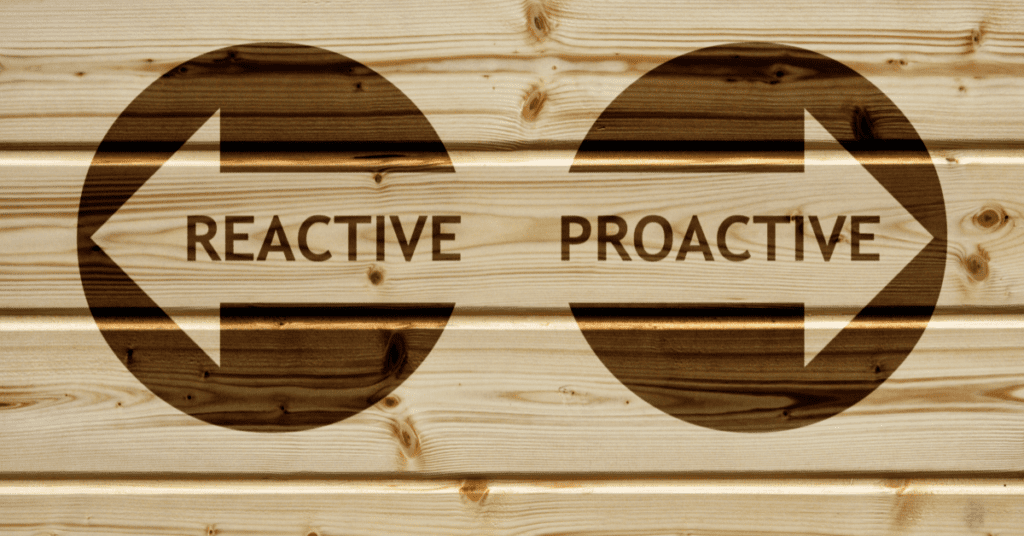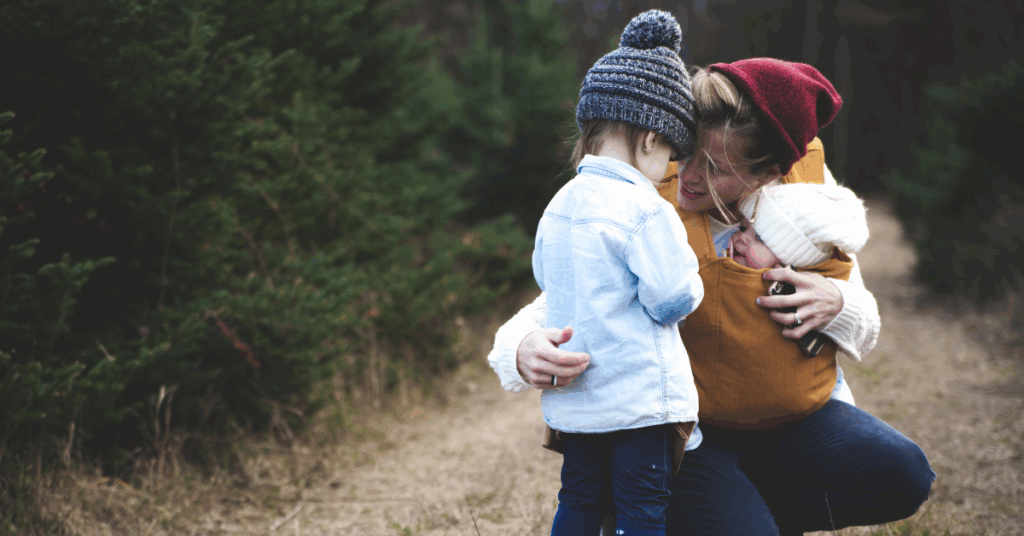Parenting is a tough job. If you’ve ever found yourself yelling, nagging, or rolling your eyes at your kids, you know what? You’re not alone. We’ve all been there. In fact, I’ve been there more times than I’d like to admit.
Just the other day, I had one of those nightmare mornings. You know the type. Everything that could go wrong did. My youngest had a meltdown over breakfast because his porridge was in the wrong bowl. My oldest was sulking because I wouldn’t let him wear his favourite winter coat to school…in the summer!
The final straw? I dashed into the kitchen to grab a forgotten water bottle and stepped on a stray Lego piece. I saw red. I snapped, yelling at my boys to clean up their mess when they got back from school. The look on their faces was like a cold shower. I felt terrible. I realized that my reactivity was becoming a pattern, and that’s not the kind of parent I wanted to be.
That day, I made a resolution. I was going to become a calmer, more proactive parent. Not some Zen master who can meditate through a tantrum, but someone who can self-regulate better to make better decisions, more often.
So, I embarked on a journey and have spent one month mastering the Art of Calm Parenting.
Here is what I’ve learned.
3 Paradigms For Calm Parenting
There is no magic trick that will turn a constantly yelling parent into a Zen master overnight. It’s a long process that requires a lot of practice.
But before we dive into the practical steps to become a calm parent, let’s talk about three paradigms that helped me shift my perspective and show up differently for my kids.
Every time things are about to heat up, I remind myself of these three things:
1. You and only you are responsible for your feelings
Not your child. Not your partner. Not anyone else.
Most of us tend to blame others for our feelings and emotional reactivity: “You made me mad!” But the truth is, nobody has the power to make you feel, think, or do anything. Your emotional responses are up to you. Only you can choose to stay calm or feel (and act) mad.
Your child’s behaviour may trigger your response, but they are never the cause. Let that sink in.
So, the first step to becoming a calm parent is to accept responsibility for your emotional reactions and own them.
2. Your Past Comes Back to Bite You
The way our parents reacted to us bounces back to us once we become parents ourselves.
Calm parenting cannot happen without inviting consciousness into your life. You need to understand which experiences from your own childhood may trigger negative feelings and reactions to your child’s behaviours.
As Philippa Perry explains in The Book You Wish Your Parents Had Read (check out our notes):
“Often the pattern works like this: when you react with anger or another overly charged emotion around your child it is because it’s a way you have learned to defend yourself from feeling what you felt at their age. Outside of your awareness, their behaviour is threatening to trigger your own past feelings of despair, of longing, of loneliness, jealousy or neediness. And so you unknowingly take the easier option: rather than empathizing with what your child is feeling, you short-circuit to being angry or frustrated or panicked.”
In my other favourite book, The Conscious Parent (check out our notes) , Shefali Tsabary shares a similar idea:
“Whether we unconsciously generate situations in which we feel the way we did when we were children, or we desperately struggle to avoid doing this, in some shape or form we inevitably experience the identical emotions we felt when we were young. This is because, unless we consciously integrate the unintegrated aspects of our childhood, they never leave us but repeatedly reincarnate themselves in our present, then show up all over again in our children.”
So every time you feel triggered, dig deeper. Right back to your childhood. Once you can proactively integrate these memories and make sense of these experiences, it will be much easier to be a calmer parent.
3. Your Emotional Reactivity Correlates with Your Energy Resources
You’re more likely to react negatively when you’re tired, stressed, or overwhelmed. Your body goes into fight-or-flight mode, and your frustration tolerance plummets. One small spark and the whole house is on fire, even when you think you’ve made peace with your triggers.
Want an example? Check out my article Gentle Parenting: One Thing That Makes It Tough, where I talk about sleep deprivation and emotional reactivity.
That’s why managing your energy is crucial when you want to parent proactively. No one makes their best decisions when they’re running on empty. Period.
These three ideas are the bedrock of calm and proactive parenting. Now, let’s move on to the practical steps I took to become less reactive.
The 6-Step Plan to Become a Proactive Parent

Here’s a little secret: those moments of parental rage are actually the moments that nudge us onto the path of personal growth.
You won’t become a calm parent by just reading a gentle parenting book or watching a workshop. You’ve got to put in the work. And that means facing some painful internal stuff because, without it, breathing techniques alone won’t cut it. You’ve got to get to the root of the problem.
After diving into the literature, I’ve put together a personal growth plan for becoming less reactive:
1. Parent Consciously.
Pay attention to your “triggers” – what your kids do that makes you feel angry and frustrated. What are the roots of your anxieties? The first step is unpacking your emotional luggage.
2. Hit The Reset Button On My Own Story.
As Lara Markham writes in Calm Parent, Happy Kids, “If you had a painful childhood, you can’t change that. But what you can change is what you’re talking with you from that childhood: your ‘story’.” It’s time to reflect on your childhood and feel all those painful feelings, but also consider new angles and try to understand your parents. The goal is to create a coherent childhood narrative so you can move on and break the reactive pattern.
3. Learn Self-Reg Strategies.
Every parent needs an emotional intelligence crash course. Once you understand how emotions work and have a clear plan to control them (like a few deep breaths), you’ll react better and make smarter decisions.
4. Master Nonviolent Communication.
We all get angry, frustrated, and disappointed with our kids’ behaviour from time to time. And that’s okay. But feeling the emotion and acting on it are two different things. I found the Nonviolent Communication technique to be the antidote to emotional reactivity.
5. De-Stress and Recharge Your Batteries.
Being a calm parent is much easier when you know how to manage stress and keep your energy tank decently full.
6. Have a Routine and Master Time Management Techniques.
We’re way more likely to lose our cool when racing against the clock. Establishing a routine and mastering time management techniques can help alleviate the stress of daily chaos. Plan ahead, use checklists and make time for unexpected hiccups.
The Bottom Line
Becoming a proactive, less reactive parent is a journey. It’s about understanding and managing your emotions, dealing with past issues, and taking care of your mental and physical well-being. That’s the only way to create a more peaceful and nurturing environment for your kids and yourself.
Each step on this journey is worth exploring in more depth, and I’ll cover them in future posts. Stay tuned, and let’s support each other in becoming the best parents we can be. Share your experiences and tips in the comments below – we’re all in this together.
Loads of love,
Irina



